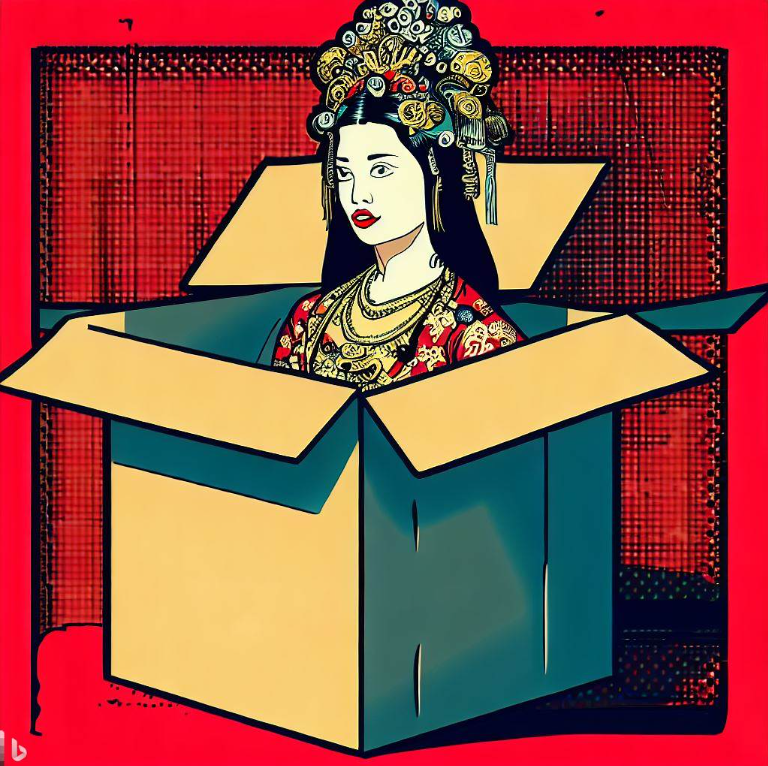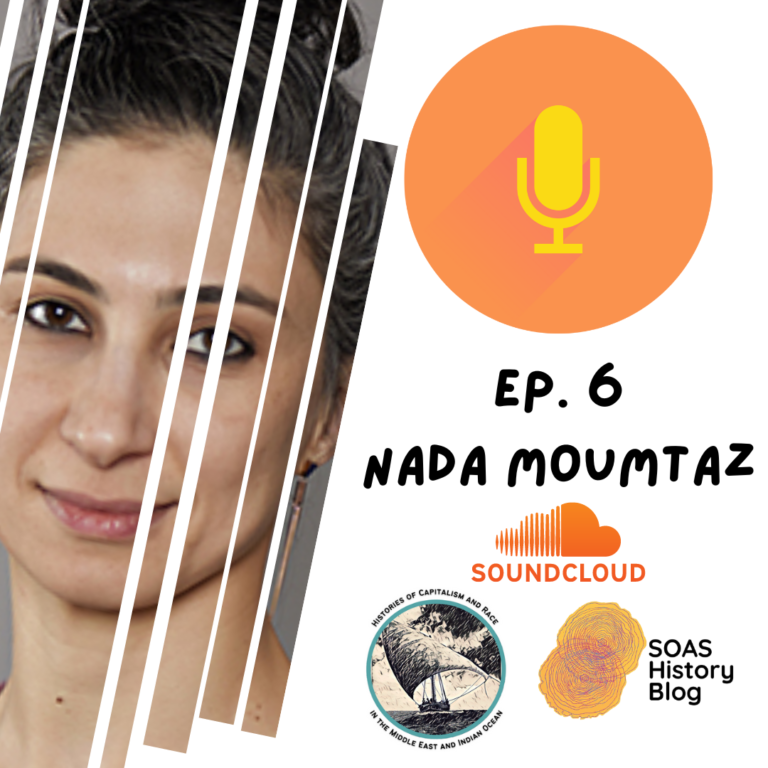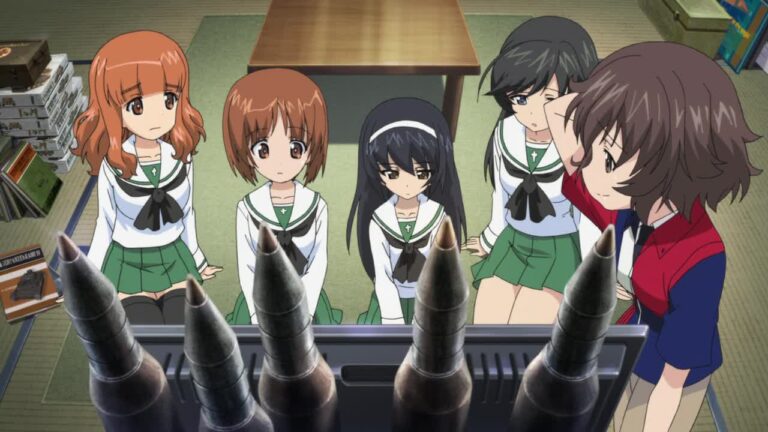Boxed Women: Women’s History, Gender History, and How I Got Here
by Zhenkai Tong
“I study women’s history and gender history. My thesis explores a women’s magazine from Shanghai in the early twentieth century.”
“Really? I thought only women studied that.”
I still remember this conversation from many years ago. It was just some friendly small talk, but my surprise at this response still lingers with me. It was genuine too, as if it were rare or unheard of for a man to study women’s and gender history. I still occasionally hear this retort, or some variation of it: “Don’t women study that?”, “But that’s a woman’s subject?”, “Why is someone like you studying that?”. To be honest, I understand the consternation – I didn’t always have an interest in women’s or gender history either.
If you told me ten years ago that I would be doing a doctorate degree dedicated to women’s history, I probably wouldn’t have believed you. Yet here I am, having spent a good part of my university education discussing women and working with organizations that tackle issues relating to gender perspectives and misogyny. Studying history without consideration for women or gender, well, it’s kind of bad. What do I mean by ‘kind of bad’? Using my own experience as an example, there was a time when I didn’t realise that women and gender should (or even could) be considered core parts of history. I had been given no framework in order to comprehend let alone see women in history. At this point I thought history was a steady progression of exceptional people influencing events – by “people”, I meant men.
Let me explain.
Teenage me enjoyed reading and I was fascinated by history. From a young age I knew I wanted to study the subject beyond school. I did the International Baccalaureate (IB) and, perhaps unsurprisingly, I only really paid attention to my favourite subject (please pay attention to all your classes). The format was as you might expect for a high school history class: here’s a textbook, read and analyze this primary source, think about these short answer questions, do a presentation, write an essay. We hurtled at speed from the sixteenth century to the late twentieth century, whirling through various histories across time and geographical space.
Occasionally, however, our textbooks flip to a page with a small block of text highlighted with a yellow or blue background. Often, this box contained a picture of a woman accompanied by a short biography. She had done something that warranted her a space in this box. I didn’t really know why she was there, but she was. I found these boxes both odd and abrupt. Here we were reading about huge social and political upheavals, and suddenly a woman appears, confined to this…box. We never talked about them in class either, they were just there. They weren’t even relevant to our tests or essay questions. I remember blocks as “information that was nice to know.” But for a class studying for college entrance exams, this really meant “information you could ignore.” And that’s what a did for a long time. Surely only information that warranted being examined constituted an important historical event… right?


Ironically, actively choosing to ignore something means one must first understand that it exists. Slowly, I started to realize that these women I could see on these pages, whose boxed pictures stared back, were – can you believe it – real people. More still, they were active agents of history. I looked beyond the book, to the people in my classroom, the strangers I passed in the street, my own family. Finally, I managed to frame a simple question, and ask my mother: “Where are all the women in history?” And this is where it all started for me. I don’t remember exactly when, but I clearly remember the question: where are all the women in history? According to the textbook, the women were in blue and yellow boxes. I needed more help, so I asked around. The answers? A blunt “that’s just how the textbook is written”, a nonchalant “I mean, that’s just how things are”, and a matter of fact “what you’re asking about is women’s history.”
Women’s history? I thought. Was that a history just about women? Why would someone study only women in history? It’s not like there’s a men’s history or anything simil – Oh.
As I travelled to SOAS to begin my undergraduate studies, I was still confused. Had I been studying history all this time, or just the history of men? I was bothered by this, I needed to sort through exactly how this could happen. In the SOAS community my curiosity found the people who could help me and (most of the time) the resources I needed. Looking back now a decade on, I believe the issue was and continues to be how women’s and gender history are framed – sometime literally. Boxing up women as auxiliary components in a history syllabus (“Look at this here box, it has a woman in it”), lead to the negative effects of tokenism. However, framing them the as core components in a history syllabus leads to subjects titled “women’s history” or “gender history”. But still, this segregates discussion of women and gender from history at large. The latter seem better than the former, but we potentially still confine them to a box, just a slightly bigger one.
Getting to women’s history and gender history took quite a bit of time for me. There is still a lot more to learn, more perspectives to read about, and more people to talk to. Now, when someone tells me they thought only women study those subjects, I have a ready response: No. Anyone can study them. Absolutely all of us can and should think and talk about women and gender in history.
Editor’s Note: The featured image of this article was created using AI through Bing Image Creator.


Zhenkai Tong
he/him
Contributor 2023
Zhenkai is a PhD researcher at SOAS, and previously completed both his BA and MA in History at SOAS. His research focuses on women’s history and gender history within the context of twentieth century East Asia. In addition to his current research, he has researched developing and implementing gender mainstreaming and gender perspectives within disarmament and peacekeeping contexts.
Email: 628559@soas.ac.uk
ORCid: 0000-0002-0272-7591
SOAS History Blog, Department of History, Religions and Philosophy, SOAS University of London



![SOAS History Blog Podcast 11: Poetic Knowledges and West African Histories [Live Recording Event]](https://blogs.soas.ac.uk/soashistoryblog/files/2023/08/Images-of-Africa.-Painting-Tadjo-768x549.jpg)



